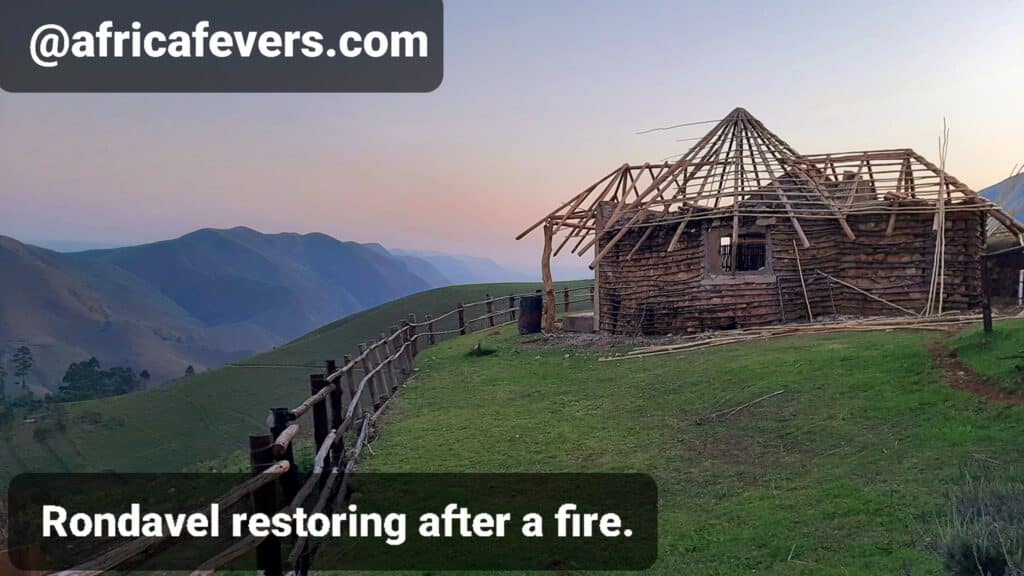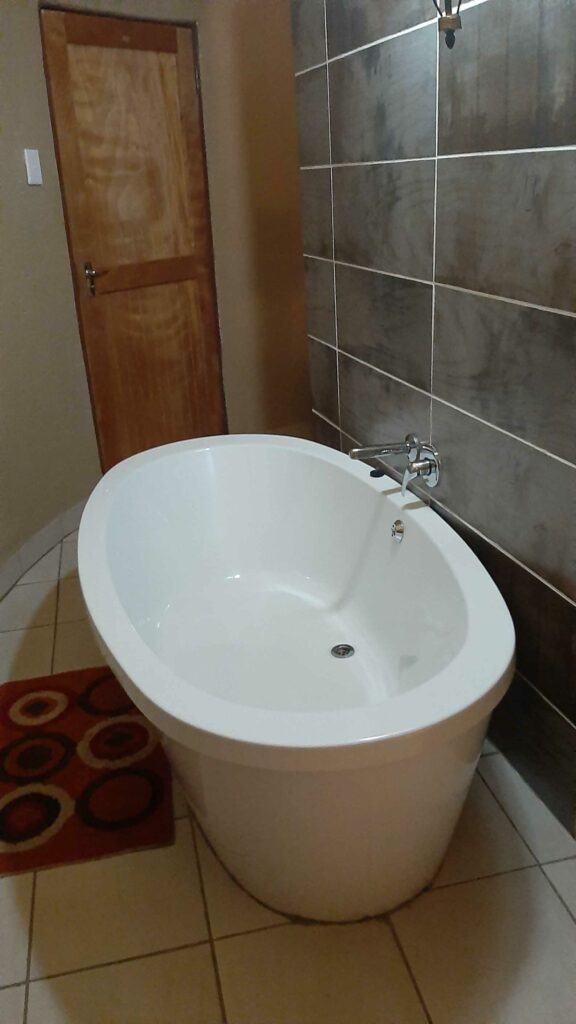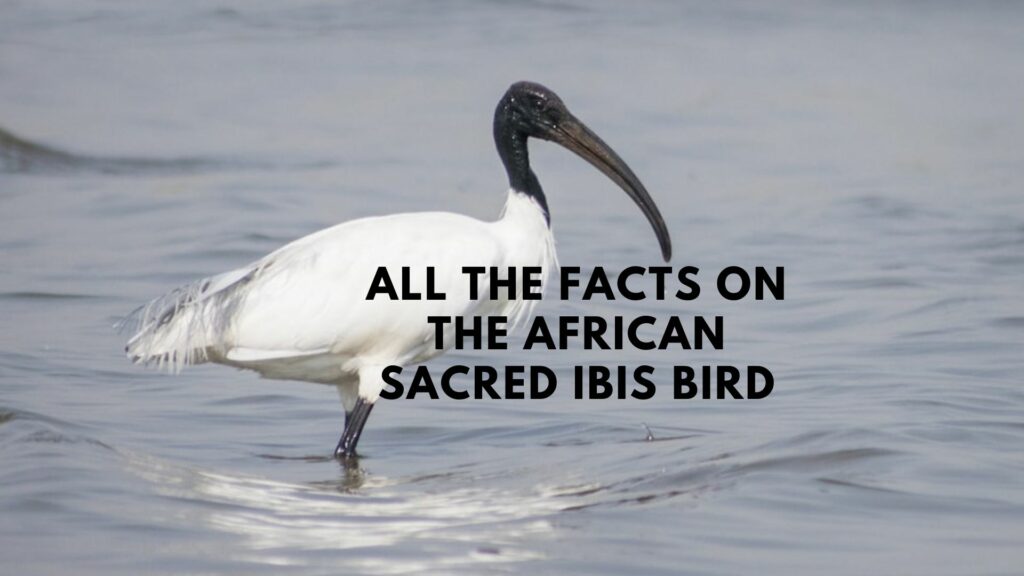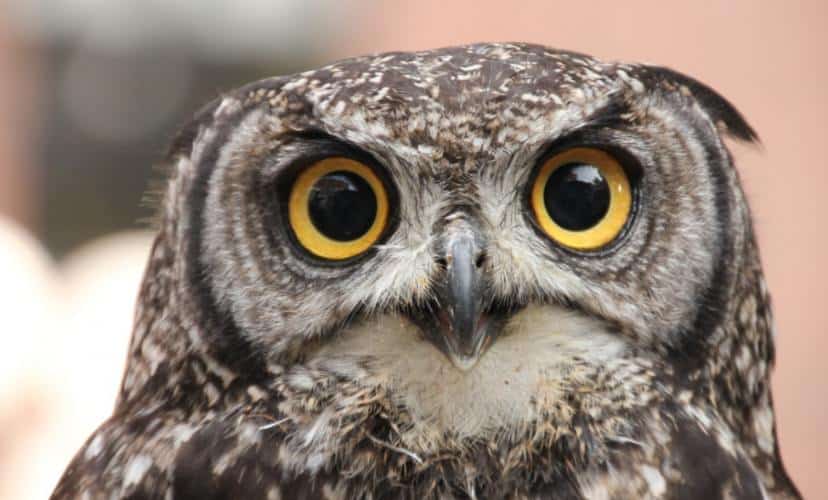When you embark on a journey through the diverse landscapes and cultures of Africa, you’ll come across architectural gems that stand as symbols of tradition, history, and unique design. One such architectural wonder is the rondavel, a round structure deeply rooted in African heritage and still celebrated today.
As we stayed for 3 nights in one of them in the Barberton mountains, I can now tell you all about them 😉
What are Rondavels -understanding them.
Picture a unique and captivating architectural wonder that graces the landscapes of Africa—a rondavel, pronounced ron-duh-vel.
These traditional African roundhouses are characterized by their distinctive circular design, making them an unmistakable and unforgettable part of the continent’s architectural heritage.

With walls that curve gently into the sky and thatched roofs that blend seamlessly with the environment, rondavels are not just buildings; they are vessels of history and culture, each one echoing a story of skillful craftsmanship, deep-rooted traditions, and the spirit of communal living.
Origins and Historical Significance
Rondavels have a rich history dating back to pre-colonial Africa. Each region has put its unique spin on these roundhouses, adapting them to local materials and climate conditions.
The word “rondavel” is derived from Afrikaans, which is one of the languages spoken in South Africa. In Afrikaans, “rond” means round, and “hut” or “woning” means dwelling or house. So, a “rondavel” essentially translates to a round dwelling or a round house.
The term “rondavel” is most commonly used in South Africa and neighboring countries like Lesotho and Swaziland. In other African countries, the local names and terminologies for such round structures can vary.
For instance, in Zimbabwe, similar round huts are often referred to as “huts” or “round huts” in English, and they have their own names in local languages.
Architecture and Design- How are Rondavels designed?
Rondavels are typically constructed using locally sourced materials such as thatch, clay, or wood. Thatch roofs provide insulation and natural cooling, making rondavels eco-friendly and sustainable structures.
The unique circular design isn’t just for aesthetics. Rondavels are built roundly to maximize space and facilitate natural ventilation (more strong wind resistant) and insulation, which is essential in the African climate. This clever design ensures comfort in both hot and cold weather.

Rondavels seamlessly blend with their surroundings, using organic materials and earthy colors to harmonize with nature.
While the fundamental design remains consistent, rondavels adapt to local resources and climate conditions, resulting in regional variations in materials and construction techniques.
Cultural Significance
In many African societies, rondavels hold deep cultural significance. They are more than just homes; they are symbols of tradition, a symbol of heritage, community, and family. Rondavels often serve as gathering places for important rituals and ceremonies.
Modern Applications
In today’s world, rondavels have found new applications beyond traditional homes. Many architects are embracing their circular design for eco-friendly and sustainable construction.
Rondavels are also popular in the hospitality industry. Resorts and lodges in Africa offer guests the unique experience of staying in rondavels, providing a comfortable blend of tradition and modern amenities.
And we spent three nights in one of them!

Rondavels in Different African Countries
Rondavels vary in design and style across different African countries. For instance, in South Africa, you’ll find Ndebele rondavels, which are adorned with vibrant geometric patterns.
Local preferences and available materials influence the construction of rondavels in various regions. In Lesotho, rondavels are often constructed with stone due to the abundance of this material.
Staying in a Rondavel- my experiences
Staying in a rondavel offers a one-of-a-kind experience. It’s a chance to immerse yourself in African culture, enjoy the cozy interior, and embrace the natural cooling properties of the round design.
During our memorable stay in the breathtaking Barberton Mountains of South Africa at a place called Mountain Aloe Den, we had the incredible opportunity to spend not just one night but three nights in a rondavel. It was a unique experience that we’ll cherish forever.
We count ourselves lucky that our stay didn’t get canceled, as the owners of these rondavels had faced a significant setback in the form of a fire last summer. You can actually see the aftermath in a few of our YouTube videos on my channel.
Sleeping in the rondavel was a pure delight. The natural materials and circular design of the structure created an ambiance that was both cozy and connected to the surrounding landscape. One of the highlights was the outdoor shower, a refreshing and immersive experience that brought us closer to nature, and there even was a large bath available!

Our host, Momsie, made our stay even more special. She welcomed us with warmth and treated us to some delectable home-cooked meals for breakfast and dinner. The food was so delicious that we found ourselves eating heartily, taking in the flavors of South African cuisine. It’s safe to say we left with full stomachs and full hearts!
As we departed from Mountain Aloe Den, we couldn’t help but hope that the rondavels would be rebuilt soon. These unique structures offer travelers a truly authentic African experience, and we wish for more tourists to have the chance to stay in them. Our time there was not just a stay but a journey into the heart of Africa’s traditions and hospitality.
Building Your Own Rondavel DIY
If you’re an architecture enthusiast looking to build your own rondavel, there are essential steps to consider. These include sourcing local materials, adhering to local regulations, and seeking expert guidance.

Here’s a simplified guide to get you started:
1. Research and Planning:
- Start by researching the traditional rondavels of the region you’re interested in. Understanding regional variations and design specifics is crucial.
- Create a detailed plan that includes the size, materials, and location of your rondavel.
I have found a Pinterest account with different building plans and drawings on it with rondavel plans
2. Local Materials:
- Gather the materials you’ll need, considering what is locally available. Common materials include thatch, clay, stone, or wood.
- Thatch roofs are a popular choice for their insulation properties, but you can adapt based on local conditions.
3. Foundation:
- Prepare the foundation for your rondavel. In many cases, a circular foundation made of stone or concrete is used to support the structure.
4. Circular Wall Construction:
- Begin building the circular walls using the chosen materials. Walls should be thick enough to provide insulation and structural stability.
- Ensure that the walls have a slight inward slope to support the thatch roof.
5. Thatch Roofing:
- Create a thatch roof using dried grass, reeds, or other locally sourced materials. Layer these materials to form a waterproof and insulating roof. We have been told that this part is actually the hardest part.
6. Ventilation and Doorway:
- Install small windows or vents for natural ventilation.
- Create a circular doorway. It’s often a low, rounded entrance that reflects the rondavel’s design.
7. Decoration:
- Consider adding decorative elements that are culturally significant or personal. Painted patterns or motifs can be applied to the walls. And then it’s time to furnish, of course, and this will be very minimal.
8. Practical Considerations:
- Be aware of local building regulations and seek necessary permits.
- Consult with experts or local builders, as rondavel construction may require specific knowledge and techniques.
- Beware that the thatched roof will require regular maintenance
My Final Conclusion.
Rondavels, like many traditional structures, face challenges in a rapidly changing world. Urbanization, evolving lifestyles, and environmental concerns can threaten their existence.
In conclusion, rondavels are not just architectural wonders but living testaments to Africa’s rich heritage. When you travel through the continent, take time to appreciate these unique structures, and consider staying in one to fully embrace the cultural experience.
If you have any more questions about this topic, please feel free to leave them down below in the comment section!
Or join me on (one of) my social media channels below for more pictures, videos and adventures in Africa 😉
I wish you happy travels!
Kind regards,
Lizzy
I now have a YouTube channel as well!
YouTube
Hello Africa travellers!
Who am I? Well, the least you can say is that I am quite crazy about Africa, its nature, its climate, its culture, and more.
As a young woman in my twenties, I had already traveled to several African countries by traveling along in an overlander on my own and mostly camping ( or glamping ) and just fell in love with the diversity of it all.
So much, so that at the age of 26, I went back to university to study biology, which, unfortunately, I couldn’t finish because of health reasons (yes, I got sick from a tropical disease, oh cynicism). But this did not stop my dream of traveling back to Africa several times, and I still do.
My dream was back then to leave Europe and go study animal behavior, especially the elephants (sure, that’s every girl’s dream haha), but I am also very much intrigued by hyenas and other “ugly African animals“.
So, I “kind of” have a little bit of a scientific approach to my articles, when I write about African birds, for example. And most of all: the passion.
But life goes on, you move from one side of the country to the other, you get sick again and top it off with lower back problems, and before you know it, you are over 50 hahaha!
Now, I still travel to Africa, but take it a bit “easier” than the good old camping days, and stay in comfortable, yet affordable accommodations, together with my husband Wouter.
These are some of the countries I have traveled to: Kenya, Tanzania, Zanzibar, Malawi, Zambia, Zimbabwe, South Africa, Namibia, Botswana, Tunisia, and a little bit of Lesotho LOL .
While clearly not being African territory, but Spanish, I also visited Gran Canaria and Tenerife, and location-wise, I consider them “African”, because of their climate and nature, sue me :-p
The last trip I took was to South Africa in the year 2023, and it sure got the fevers for Africa back! From the Barberton mountains to the Drakensberg and the Southcoast, one month wasn’t enough at all to see the whole country, so we’ll be back! At ease and with a little bit more luxury than in my younger days haha!
I wish you happy travels!
Kind regards
Lizzy











I thoroughly enjoyed reading this comprehensive guide to traditional African architecture and, in particular, the fascinating insight into rondavels. As someone with a deep interest in diverse architectural styles, this article provided a wealth of information and shed light on the unique and culturally rich design of rondavels. I had the privilege of visiting a rural village in South Africa a few years ago, and the sight of rondavels dotting the landscape left a lasting impression on me. These circular huts with their thatched roofs are not only aesthetically pleasing but also a testament to the harmonious coexistence of architecture with nature and culture.
Hi Dave!
Thanks so much for your positive comment and I’m glad to help you!
Kind regards,
Lizzy